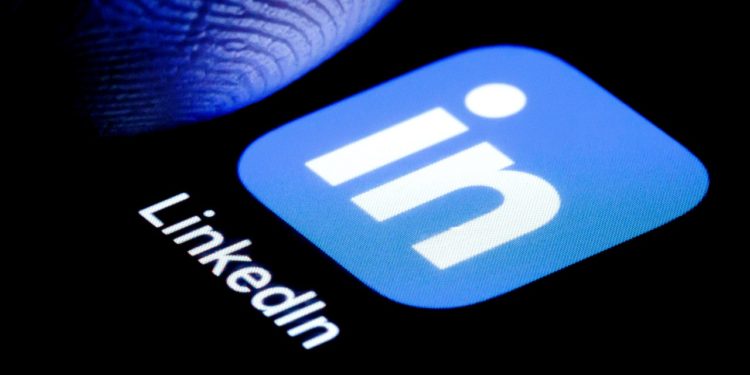By WIRED
LinkedIn may or may not be the perfect Twitter replacement, but one thing is for sure: It’s a profoundly weird place. Staying active on the platform is basically required for today’s knowledge workers to find employment, which is odd. Also, it’s a place where a lot of people spend time pretending recruiters and hiring managers are fun, interesting people by reacting and replying to their posts. Then there are the LinkedIn influencers, all of whom sounded like ChatGPT long before ChatGPT was a thing.
But perhaps the oddest thing about LinkedIn is how transparent it is about its surveillance features. Where other social networks try to obfuscate how much they are tracking your activity, LinkedIn, at every step, invites you to participate in the gathering of users’ behavior data. This is a social network that sends you regular notifications regarding who looked at your profile.
By default, every time you look at someone’s LinkedIn profile while you’re logged in, they get notified that you looked at it. I can understand why a job seeker might want this information—you might want to follow up if a potential employer is sizing you up—but I can also understand why it would drive job seekers absolutely insane to know. What are you supposed to do, email someone and say, “I noticed you looked at my LinkedIn profile. Did you like what you saw?” (The mere thought of doing this literally just killed me. You are reading the words of an actual ghost.)
Think about how weird it would be if, every time you scrolled through someone’s Instagram grid looking at their old photos, they got a notification telling them you’d done it. On LinkedIn, the people who pay for a subscription get more complete access to data on who’s peeking; most people can only see a couple of their recent viewers, but paid users get a full list of everyone who has looked at their profile in the past year.
I find this level of radical transparency a little disturbing. The good news is you can turn this notification feature off—it’s just a little bit hidden. Here’s how to find it.
Change Your LinkedIn Viewing Options
Head to LinkedIn. Click on your profile picture in the top-right corner of the browser window and then click Settings and Privacy. (In the LinkedIn mobile app, your profile photo appears in the upper left; click on it to access Settings and follow these same instructions below.)
In the left sidebar click Visibility and then click Profile viewing options.
From here you can select from three options: “Your name and headline,” “Private profile characteristics,” and “Private mode.”
The default choice, “Your name and identity,” informs everyone whose profile page you visit that you’ve done so, showing them your photo and job description with a link to your profile page. They will then click the link, sending you a notification that they did so, a pattern that will repeat until the sun expands and engulfs the earth. You can stop this from happening by changing the setting.
The second option, “Private profile characteristics,” just shows other users a summary—your profession and where you live—when you view their profile. This will make you sound mysterious but will mostly just annoy everyone because of its lack of specificity. The third, much better option is “Private mode,” which allows you to look at anyone’s profile page in relative secrecy.
Note that this choice to withhold sharing permissions goes both ways: Selecting anything other than the default choice of sharing your identity will stop you from seeing when other people look at your profile. To me, this is a win because it means I get fewer LinkedIn notifications. But if you find it useful to know who is looking at your profile, you might want to keep this in mind.







Discussion about this post